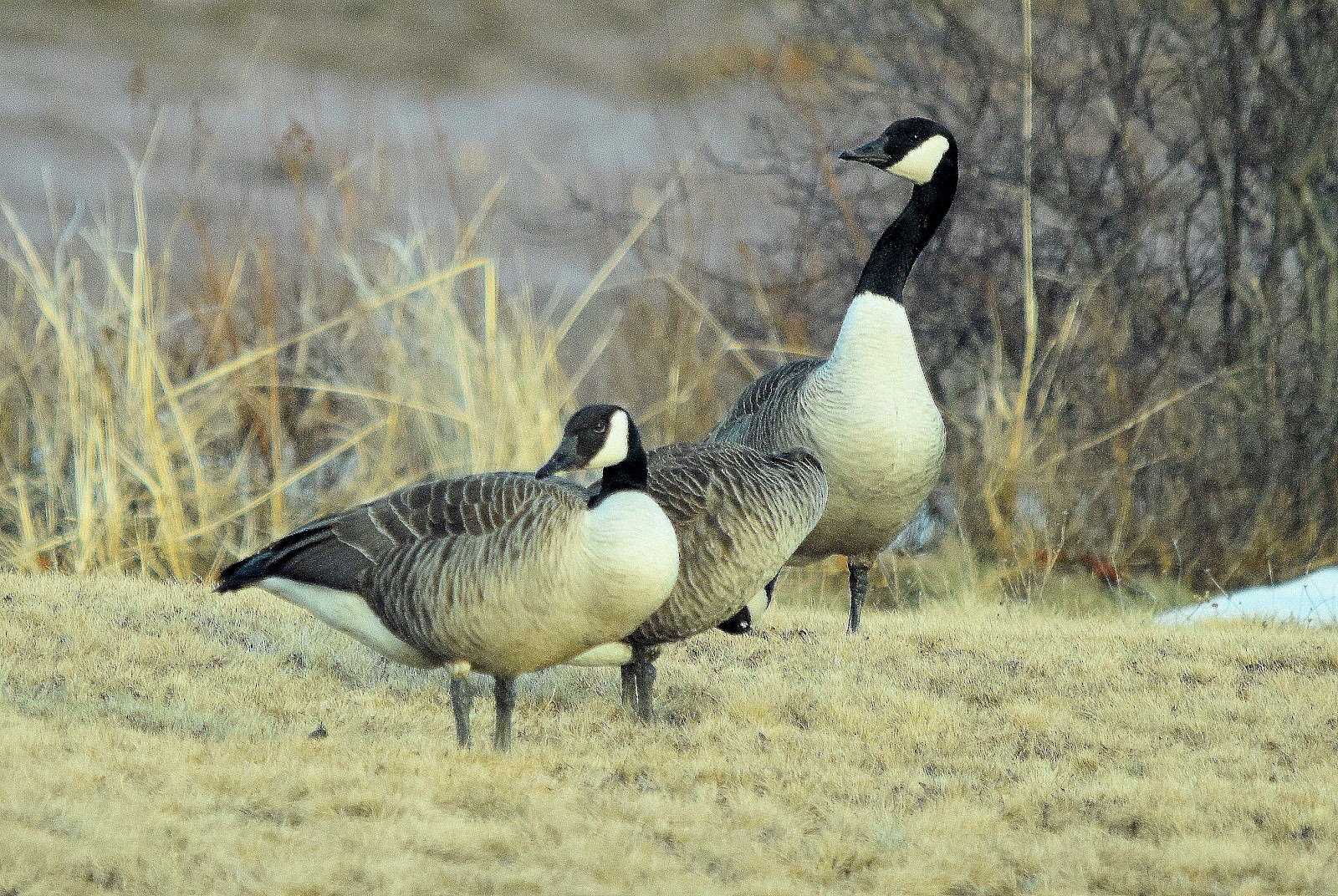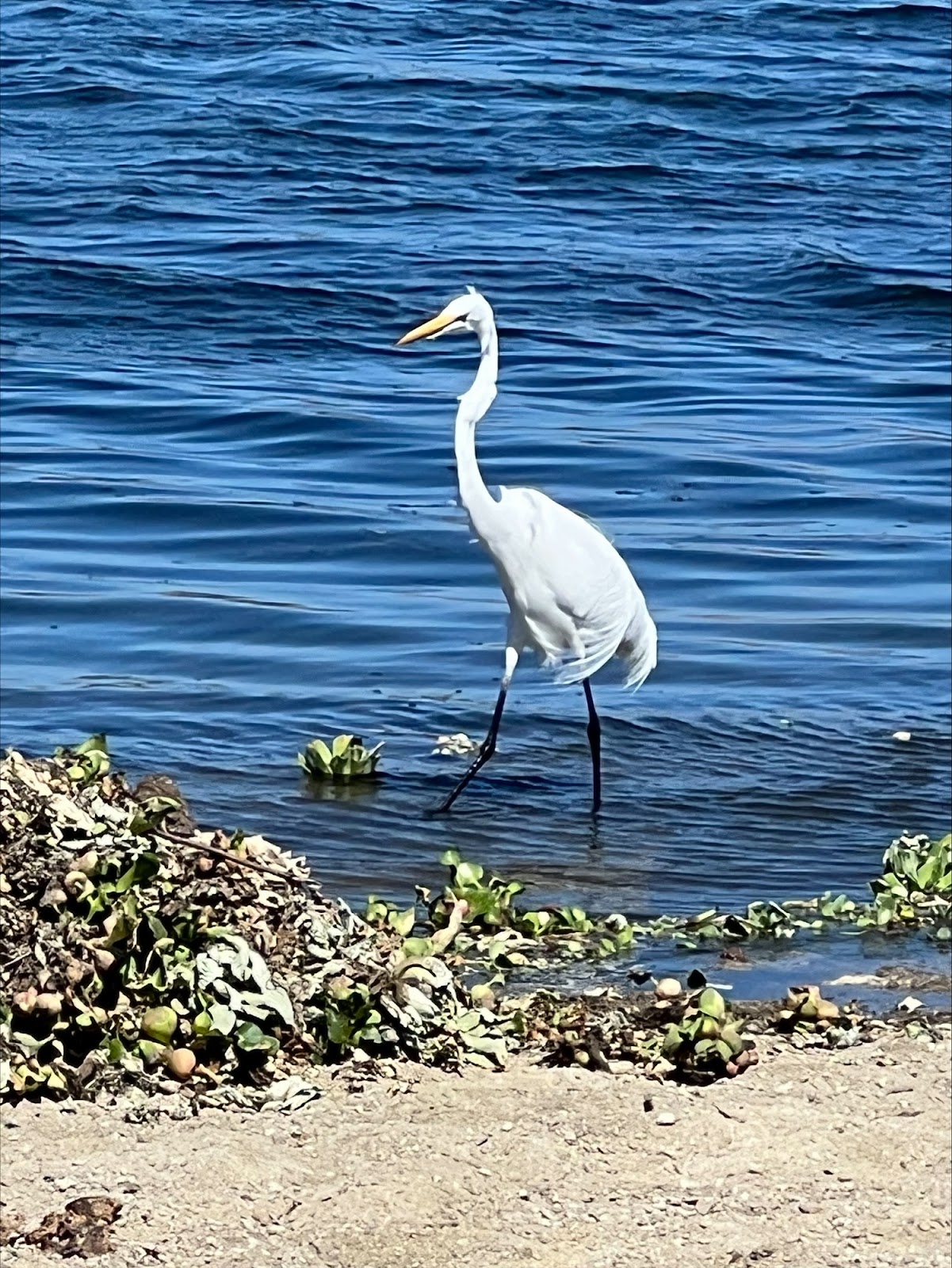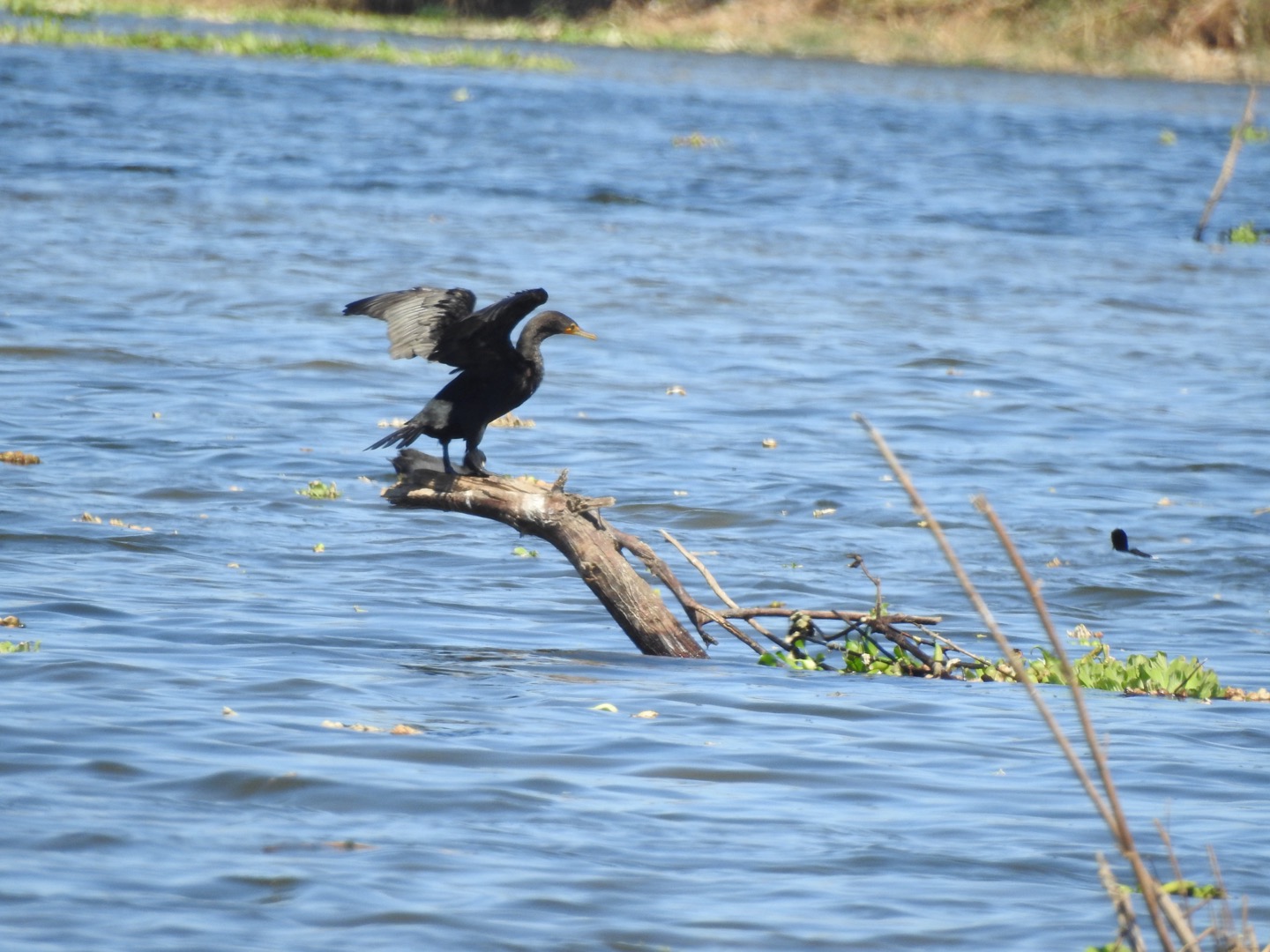NATURE MONCTON NATURE NEWS
March 17, 2025
Nature Moncton members as well as any
naturalist in New Brunswick or beyond are invited to share their photos
and descriptions of recent nature sightings to build a fresh (almost) daily
edition of Nature News
To respond by e-mail, please address your message to the
information line editor, nelsonpoirier435@gmail.com .
Please advise the editor at nelsonpoirier435@gmail.com
and proofreader Louise Nichols at Nicholsl@eastlink.ca if
any errors are noted in wording or photo labelling.
For more information on Nature Moncton, check the website
at www.naturemoncton.com.
Proofreading courtesy of Louise Nichols
**The March Nature Moncton meeting on Ticks in New Brunswick will take place
tomorrow night, Tuesday. The write-up for that
is also at the end of this message and upfront tomorrow.
**Brian Coyle captured a couple of trail cam videos of a bobcat
scent marking on a glacial erratic which has become a hot spot for all
animals. Take a look at the action in the two excellent video clips attached:
40712076_903617493801945_784094963678973418_n_x264.mp4
51665067_223762519466283_6007755706780033997_n_x264.mp4
(Editor’s note: this large glacial erratic rock, which
sits in a field near Brian’s home, has been a magic focal point for several
wildlife species, including coyote, black bear, and bobcat. Brian keeps his
trail cam focused on it which has produced rewarding footage. This large rock
is surprisingly near human habitation but continues to be a focal point for
wildlife.)
**Jane LeBlanc in St. Martins has seen several small
flocks of Canada geese, both near the Saint John airport and in the
Quaco marsh (St. Martins). While she saw a male northern cardinal near her
yard, she was pleased to see the female northern cardinal stop
briefly at her feeder. A documentary photo is included.
**Cathy Simon reports that the water levels are rising in
the portion of Halls Creek that runs through Mapleton Park. While walking on
the Lagune trail, she heard two red-winged blackbirds and saw two small muskrats
and one very large beaver.
**Maureen Girvan shares a series of bird photos she
photographed during a recent visit to Cabo San Lucas, Mexico, taken Feb 10- 21st.
Some of these will soon be seen frequently in New
Brunswick, others will be/have been accidentals to New Brunswick, and others
have not been recorded in New Brunswick. They include killdeer,
osprey, turkey vulture, American coot, and double-crested cormorant,
while others such as the white- winged dove, great egret, and
ash-throated flycatcher have visited New Brunswick. Others on Maureen’s
list, such as the gilded flicker, California scrub jay, gila woodpecker,
cactus wren, and pyrrhuloxia are yet to visit New Brunswick (as far
as the editor knows).
A night sky view of the Big Dipper also caught
Maureen’s attention.
**MARCH MONTHLY MEETING PRESENTATION
“TICK TALK”: TICKS IN NB AND HOW TO LIVE WITH
THEM
TUESDAY, MARCH 18, 2025, 7:00 PM
MAPLETON ROTARY LODGE
PRESENTER: NELSON POIRIER
Ticks have been with us in New Brunswick for a very long
time but have not been a human problem. That has changed dramatically in recent
years as the one species that is the number one vector of arthropod-carrying
disease organisms in the US is very rapidly moving into Canada. This species is
the Black-legged Tick, which has become a major health concern in NS and is now
expanding its range into NB.
The Black-legged tick is the only species that is a
significant vector of several organisms capable of producing very serious
disease in humans when they choose humans for their blood meal. This tick is
not about to leave us; instead, it’s becoming very much more abundant. It is crucially
important to learn how to live with this tick, and that means learning how to
distinguish it from other nonproblem ticks, what to do if we experience a tick
bite, and how to prevent that from happening in the first place.
With the increased presence of the Black-legged Tick, some
very useful techniques have been developed to identify the tick in addition to reliable
tests to know if a tick is carrying a disease organism and if so, what
treatments are best to prevent disease from advancing in the human host.
Nelson Poirier will give a presentation to bring
naturalists up to speed on this subject and will have preserved specimens and
removal instruments to demonstrate.
This presentation will be given live at the Mapleton
Lodge, and folks can join virtually at the link below:
https://us02web.zoom.us/j/82387173384?pwd=4hJFOVwBy9ZL8AoueFmud7oevgXBe6.1
As always, anyone is welcome, Nature Moncton member or
not.
Nelson Poirier
Nature Moncton



















No comments:
Post a Comment